Willie Nelson and his guitar, Trigger, are inseparable. More than just an instrument, Trigger is a partner, a confidant, and a symbol of Willie’s enduring musical journey. This battered Martin N-20 classical guitar, affectionately named Trigger after Roy Rogers’ famous horse, has been with Willie Nelson for over five decades, weathering countless shows, recordings, and life’s storms. The story of Willie Nelson’s guitar Trigger is not just about a piece of wood and strings; it’s a testament to the symbiotic relationship between a musician and his instrument, a bond that has produced some of the most iconic sounds in country and beyond.
From Damaged Baldwin to Beloved Martin: The Birth of Trigger
In 1969, Willie Nelson’s guitar story took a pivotal turn. Playing at John T. Floore Country Store in Helotes, Texas, his Baldwin 800C Electric Classical guitar met an unfortunate accident. “A drunk stepped on it,” Willie recounts. Sent for repairs to Shot Jackson in Nashville, the news wasn’t good – the Baldwin was beyond saving. This Baldwin guitar, a promotional gift, wasn’t particularly cherished by Willie for its build, but for its revolutionary Prismatone pickup. This innovative piezoelectronic pickup allowed acoustic guitarists like Willie to amplify their sound and be heard alongside a band, a game-changer at the time.
Jackson, however, offered a solution: he had a Martin N-20 and could transplant the beloved Prismatone pickup. Martin guitars were already renowned, especially for steel-string models, and the N-20, a newer nylon-string guitar, was Martin’s venture into the classical guitar market. Though initially hesitant to buy a guitar sight unseen, Willie inquired about its quality. “Well, Martins are known for good guitars,” Jackson assured him. The price was $750. “I had just bought a roping horse for seven hundred and fifty dollars,” Willie remembers, finding a parallel in value and making the decision. And so, Willie Nelson acquired his Martin N-20, serial number 242830 – the guitar that would become Trigger.
 Nelson in his Saloon in Luck in 2012.
Nelson in his Saloon in Luck in 2012.
The Scars of Time: Trigger’s Transformation Through Decades of Music
Forty-three years and countless performances later, Trigger is a far cry from the pristine Martin N-20 it once was. This is not a guitar that has been gently preserved; it’s been played relentlessly, with a style Willie describes as “string-pounding, neck-throttling violence.” The visual testament to this is undeniable. The frets are worn smooth, almost unbelievably so. The spruce top is a canvas of scars, scratches, and autographs etched into the wood. Most strikingly, a gaping hole yawns near the bridge, a physical manifestation of Willie’s vigorous playing style where his fingers have worn through the wood over decades.
Yet, these imperfections are not blemishes; they are badges of honor. They speak to the guitar’s history, its tireless service in the creation of music. Like Willie himself, Trigger bears the marks of time and experience. Willie, reflecting on their shared journey, once chuckled, “Trigger’s like me, old and beat-up.” This shared wear and tear has forged an unbreakable bond between man and instrument, each reflecting the other’s resilience and enduring spirit.
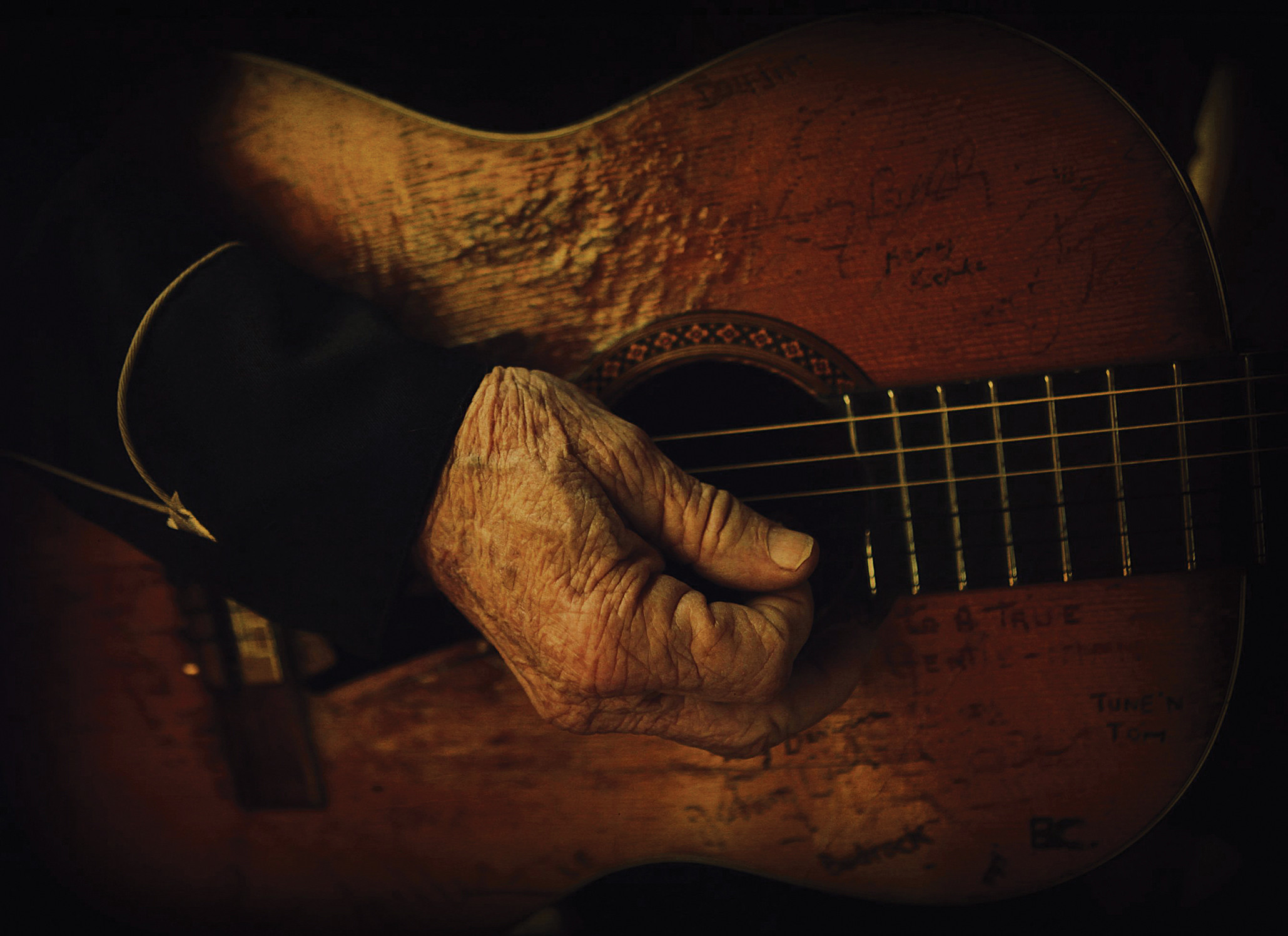 A close-up of Nelson and Trigger in November 2011.
A close-up of Nelson and Trigger in November 2011.
The Unique Voice of Trigger: More Than Just a Nylon-String Guitar
While most nylon-string guitars are known for their warm, rounded tones, Trigger possesses a sonic signature that is instantly recognizable. It’s a voice unlike any other guitar. Trigger’s sound is distinctive, characterized by low notes that resonate with a deep, earthy thump and high notes that chime with a crystalline clarity. This unique tonal quality is partly attributed to the modifications and wear over time, but fundamentally, it’s the result of the intimate relationship between Willie and Trigger.
Willie has molded Trigger into his own voice. He plays it with a percussive attack, bending strings and coaxing sounds that defy the typical classical guitar sound. His dynamic playing style, ranging from delicate jazz nuances to raw blues power, has further shaped Trigger’s unique sonic identity. You can hear just a few notes of Trigger on the radio and immediately know it’s Willie Nelson, a testament to the guitar’s singular voice in the world of music.
Trigger’s Place in Music History: Witness to a Legendary Career
Trigger is more than just Willie Nelson’s personal instrument; it’s a witness to music history. On its scarred surface, you can trace the evolution of modern music through the countless genres Willie has explored – country, blues, jazz, rock and roll, swing, folk, reggae, and pop. Trigger was there at the genesis of outlaw country, the movement that redefined country music and propelled Willie to stardom. It was present at the first Farm Aid concert, a landmark event for American farmers. It even serenaded President Jimmy Carter, a moment of cultural significance.
Trigger has shared stages and studios with music royalty – Ray Charles and Bob Dylan among them. It has resonated with the voices of tens of thousands of fans singing along to “Whiskey River.” Beyond the grand stages, Trigger has also been a source of solace, present in intimate moments of comfort, like when Willie played “Healing Hands of Time” for Darrell and Edith Royal in their times of grief. Trigger has been a constant companion through Willie’s incredible journey, an integral part of his musical narrative.
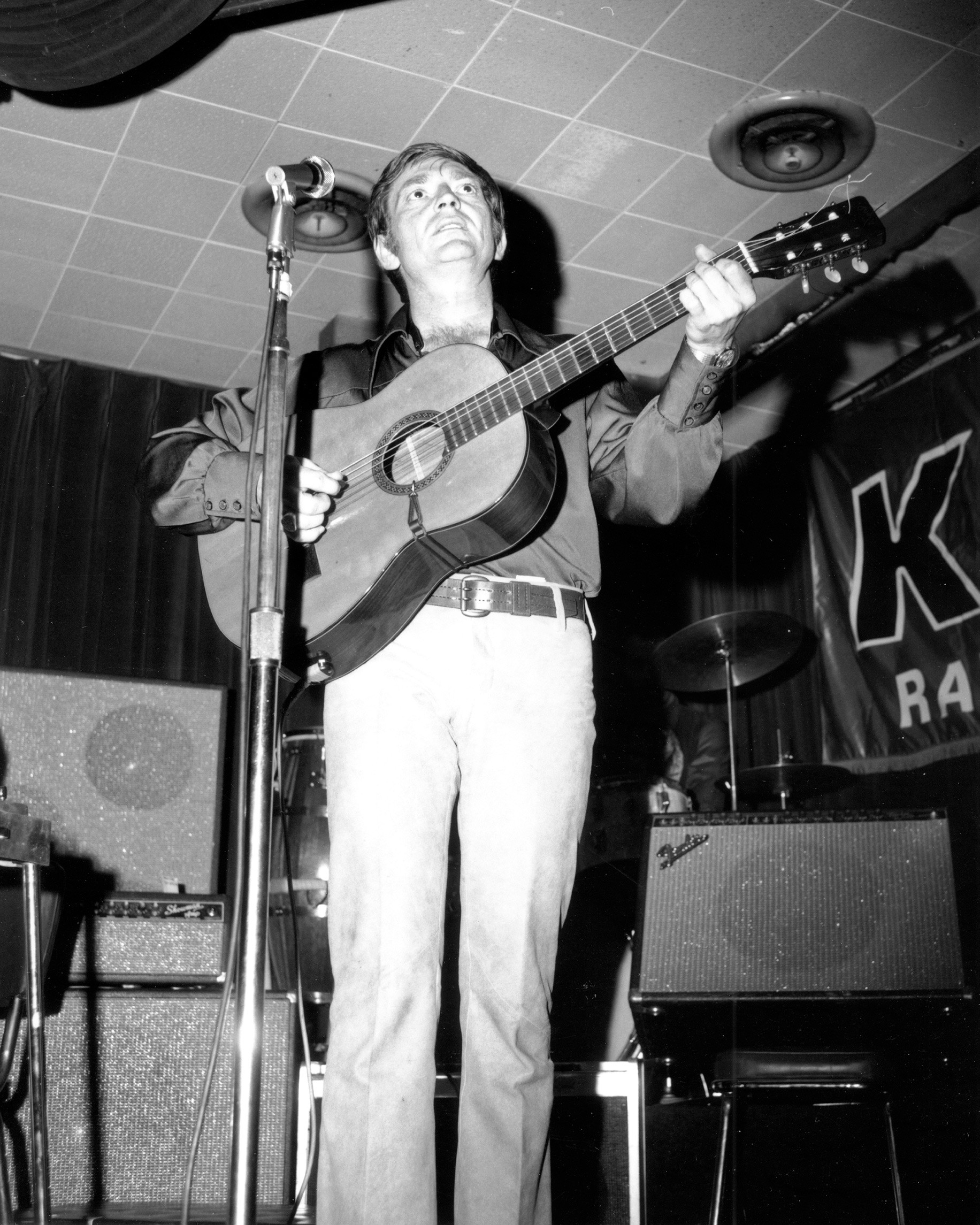 Nelson and Trigger at the Palomino Club in Los Angeles, on May 8, 1970.
Nelson and Trigger at the Palomino Club in Los Angeles, on May 8, 1970.
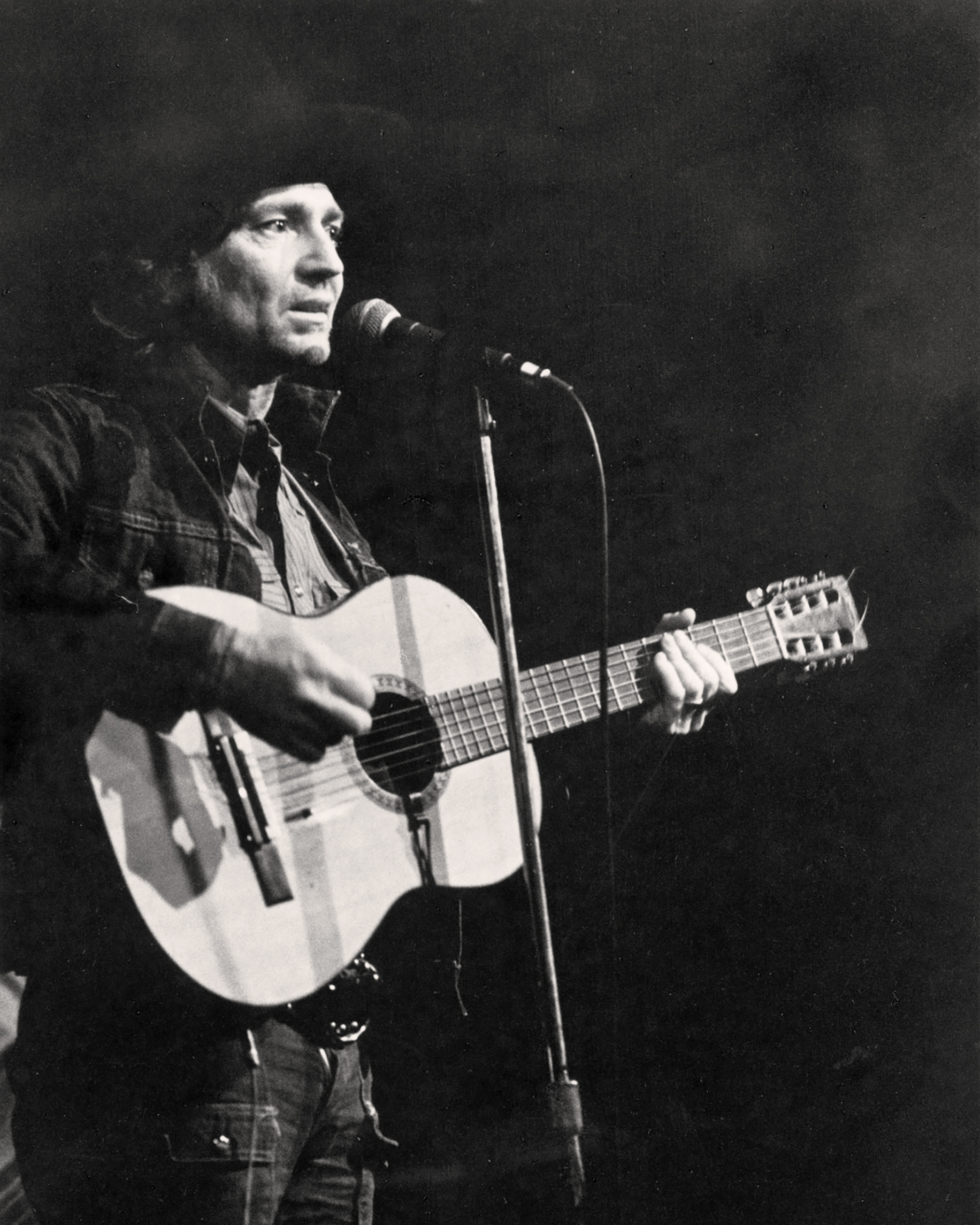 Nelson and Trigger at the Armadillo World Headquarters, in Austin, in 1972.
Nelson and Trigger at the Armadillo World Headquarters, in Austin, in 1972.
The Caretaker of a Legend: Mark Erlewine and Trigger’s Maintenance
Maintaining Trigger has become a crucial task, entrusted to luthier Mark Erlewine. Since the mid-1970s, Erlewine has been Trigger’s primary caretaker, ensuring that the iconic guitar remains playable. Poodie Locke, Willie’s stage manager, initially connected Willie with Erlewine, beginning a decades-long relationship dedicated to preserving Trigger’s functionality. Willie’s instruction to Erlewine was simple: “Just keep my guitar going—as long as it’s working, I’ll be working.”
Erlewine’s work is ongoing. He’s dealt with the ever-expanding hole near the bridge, reinforcing the thinning spruce top with mahogany braces and cleats. He cleans decades of accumulated sweat, beer, and grime from the spruce using cotton diapers and naphtha solvent. He applies lacquer to seal and protect the wood, buffs it to a shine, and treats the fretboard with steel wool and lemon oil. He’s also replaced tuning pegs broken from Willie’s nervous onstage habit. The autographs, now a part of Trigger’s character, are carefully preserved during these maintenance procedures. Erlewine’s dedication has been instrumental in keeping Trigger alive and singing for all these years.
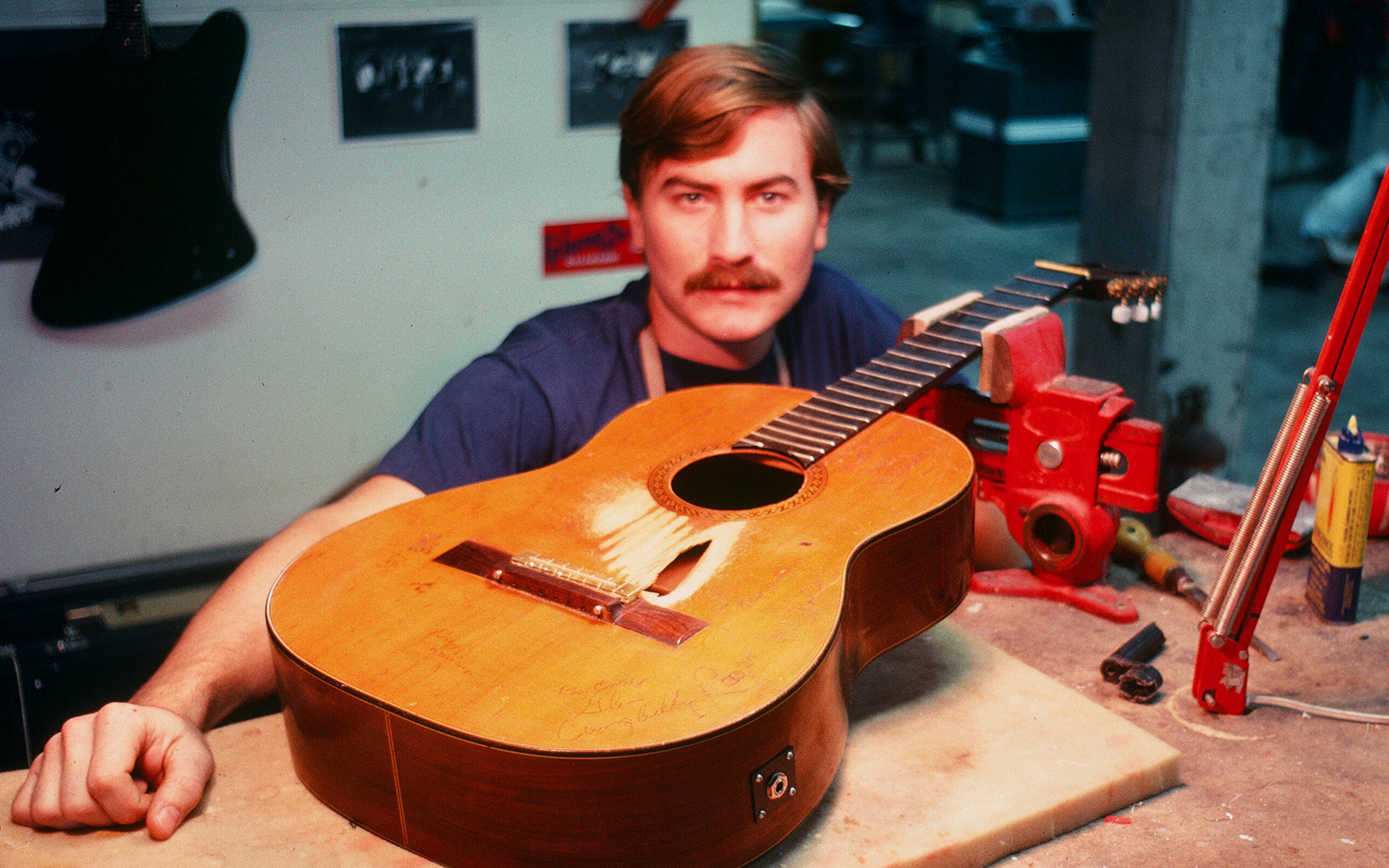 Austin luthier Mark Erlewine and Trigger at his shop, circa 1978.
Austin luthier Mark Erlewine and Trigger at his shop, circa 1978.
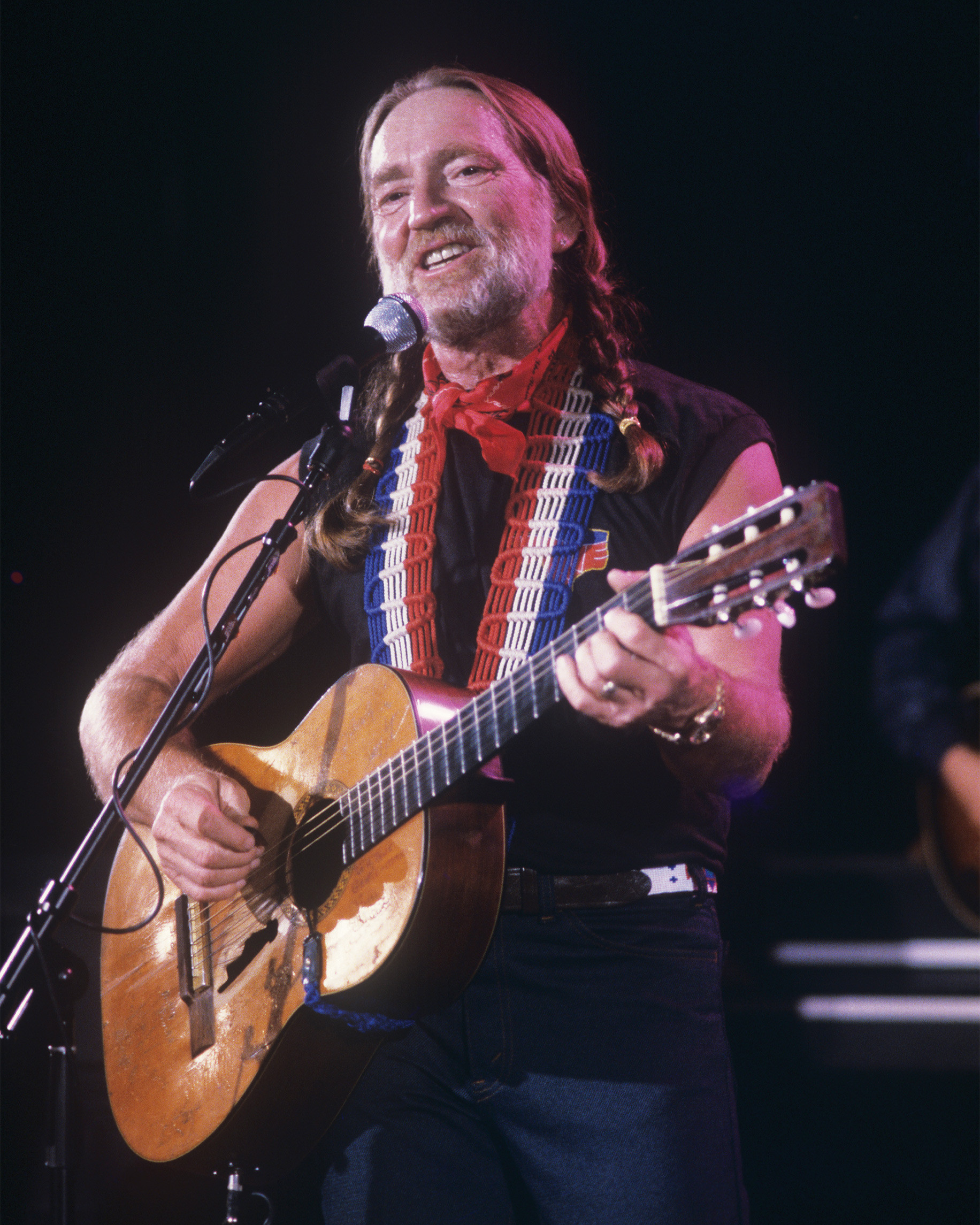 Nelson and Trigger play a show in Austin in 1984.
Nelson and Trigger play a show in Austin in 1984.
Trigger’s Enduring Legacy: More Than Just an Instrument, It’s a Partner
Willie Nelson started calling his Martin N-20 “Trigger” in the early 1990s, solidifying its status beyond just a tool, transforming it into a persona. Named after Roy Rogers’ horse, Trigger became Willie’s trusty steed in music. This naming coincided with a difficult period in Willie’s life, facing tax issues and government seizure of his assets. Remarkably, Trigger was spared, a symbol of resilience amidst adversity. For Willie, Trigger was his constant, his partner in rebuilding his life and career.
Even as Martin Guitars created a replica, the Limited Edition Signature N-20WN, Willie remained faithful to the original Trigger. He acknowledges the replicas are fine instruments but insists they lack the unique feel of his battle-hardened companion. For Willie Nelson, Trigger is irreplaceable. It’s a testament to the profound connection a musician can have with their instrument, a bond forged through shared experiences, countless hours of music-making, and an undeniable synergy. Willie and Trigger’s story is a legendary chapter in guitar history, a tale of a man and his guitar becoming intertwined legends.
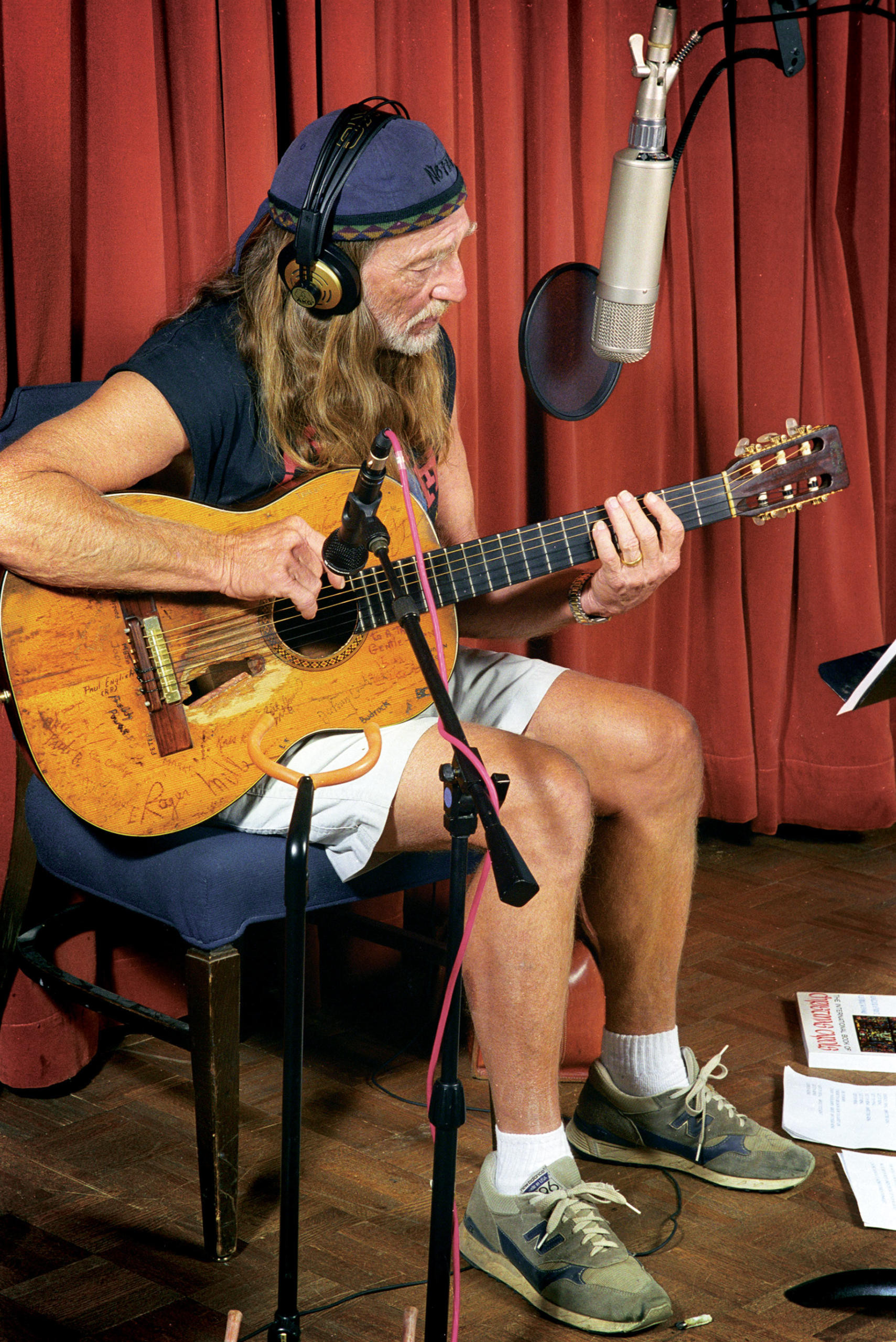 Nelson and Trigger at Pedernales Recording Studio making the album Hill Country Christmas, in 1997.Hill Country Christmas in 1997, highlighting their continuous creative journey.
Nelson and Trigger at Pedernales Recording Studio making the album Hill Country Christmas, in 1997.Hill Country Christmas in 1997, highlighting their continuous creative journey.
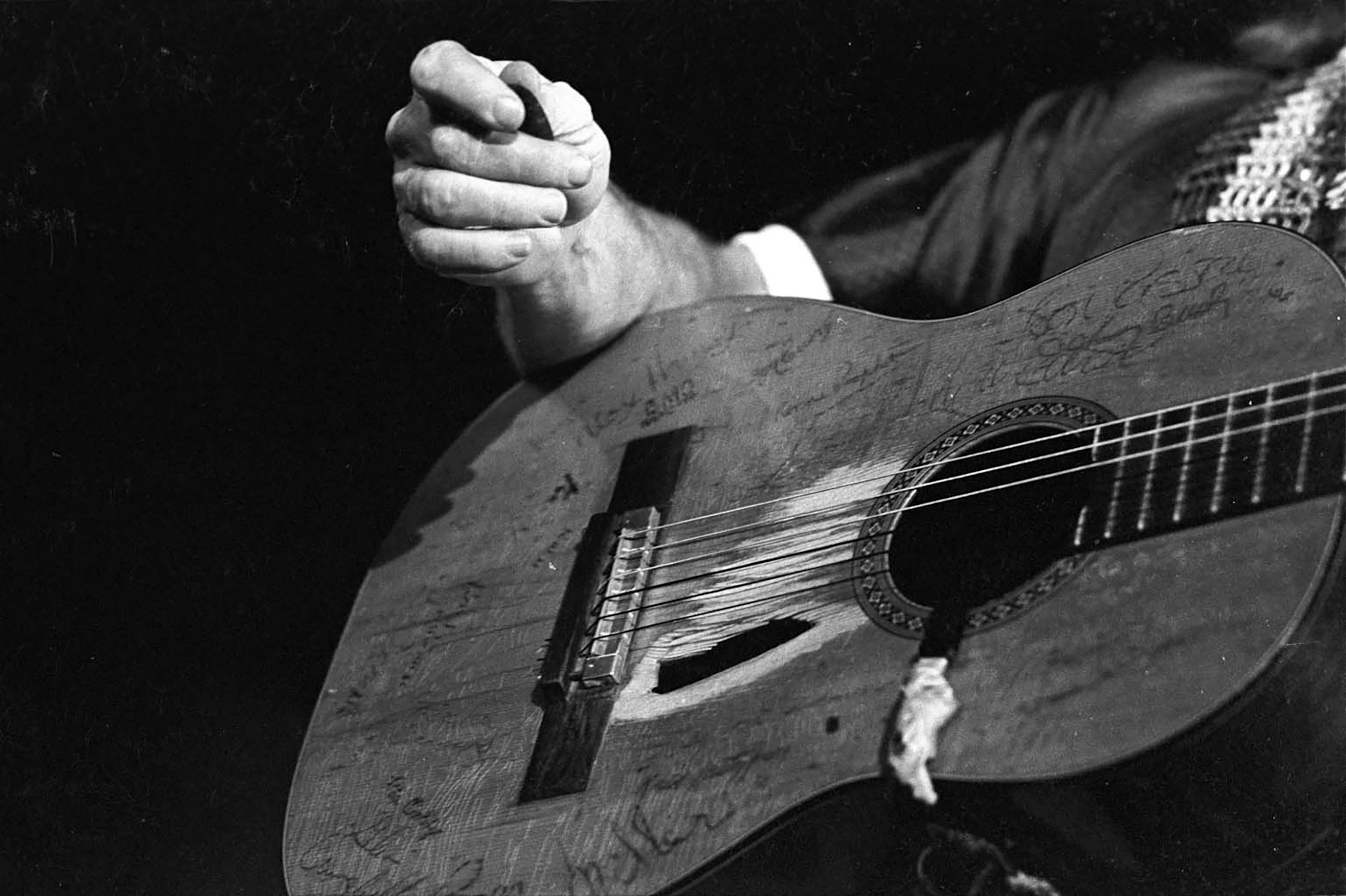 A close-up of Nelson and Trigger circa 1978.
A close-up of Nelson and Trigger circa 1978.
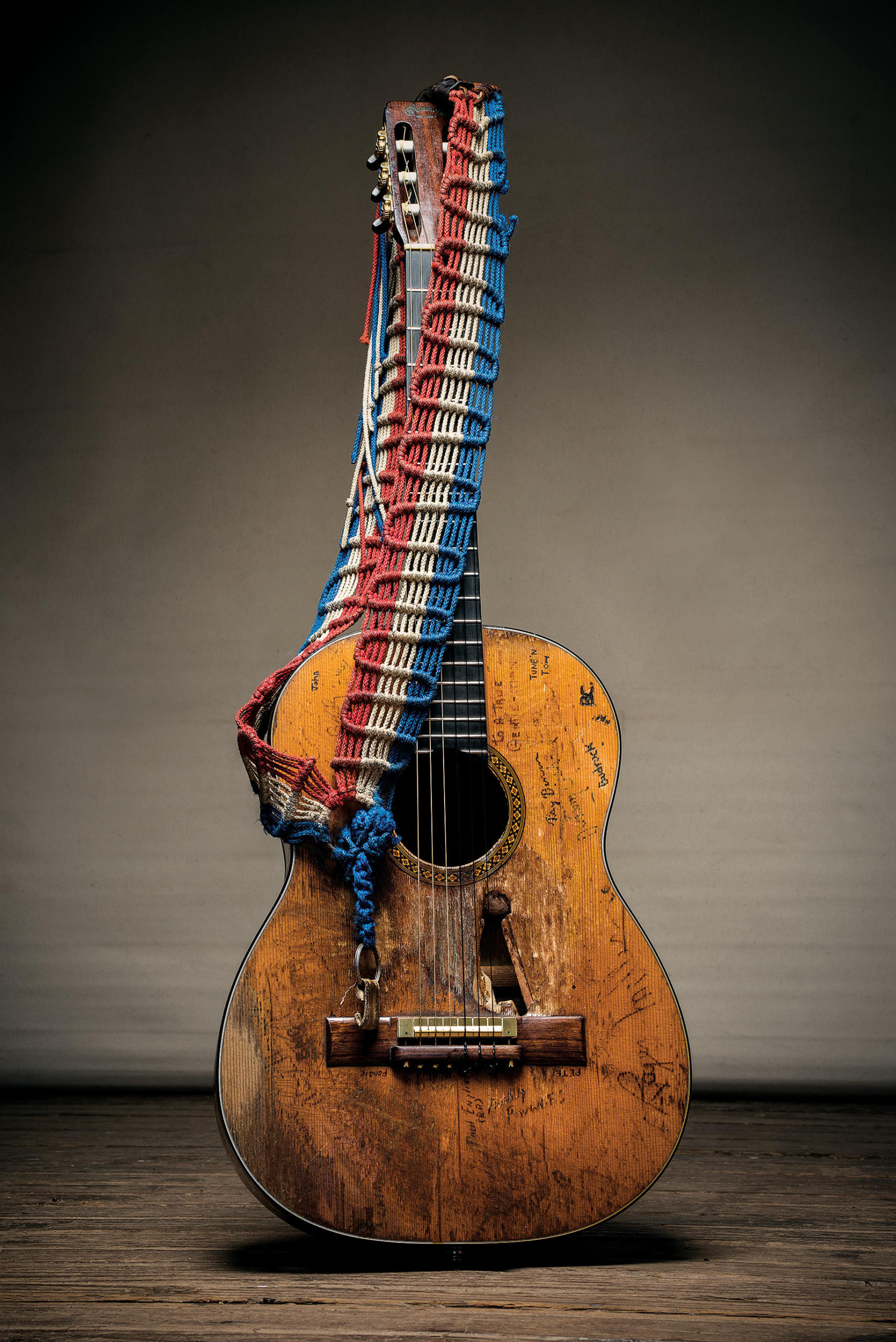 Willie Nelson
Willie Nelson
